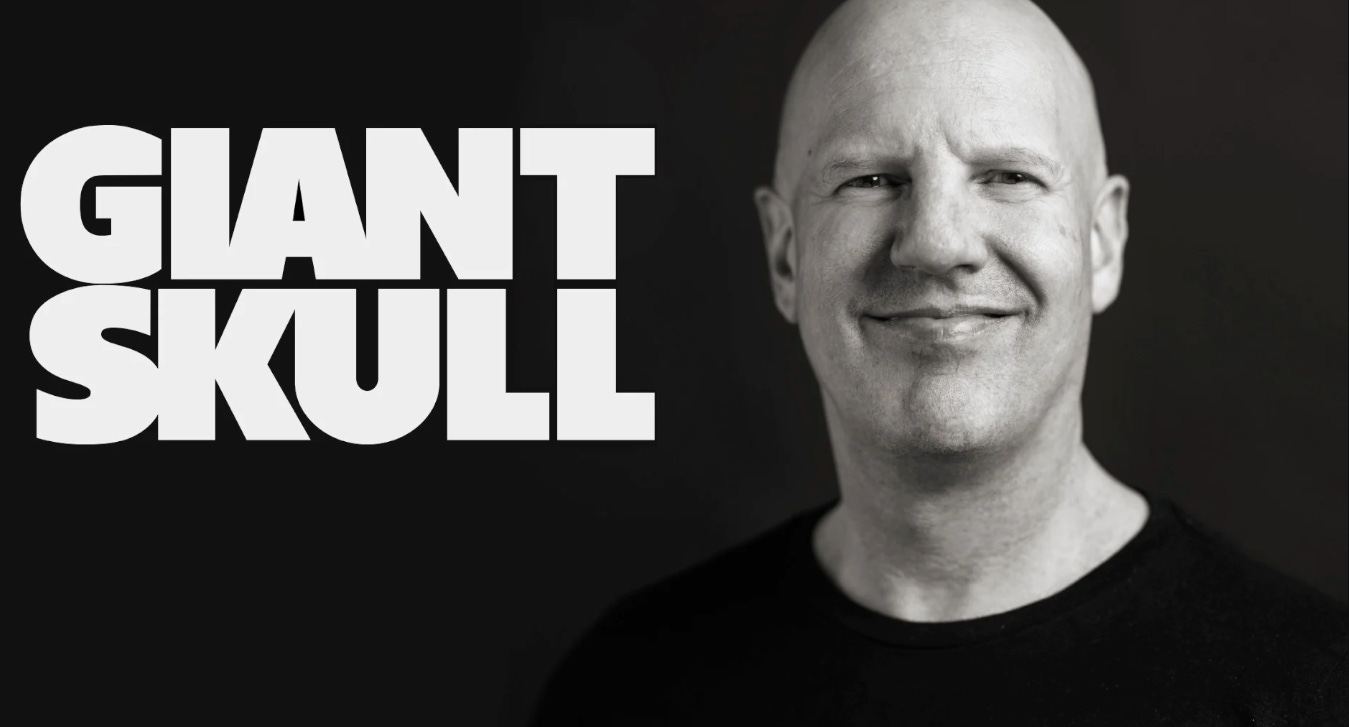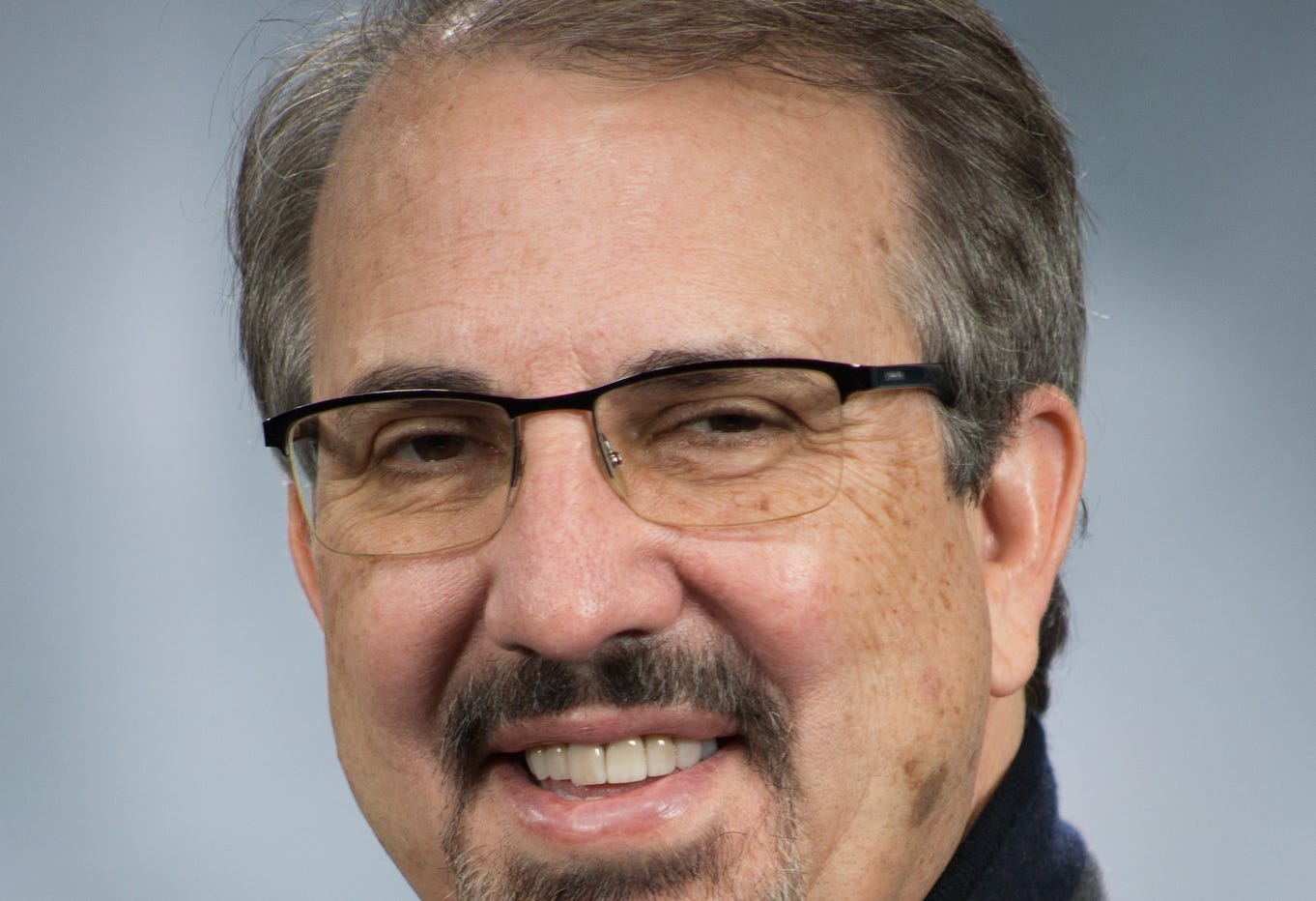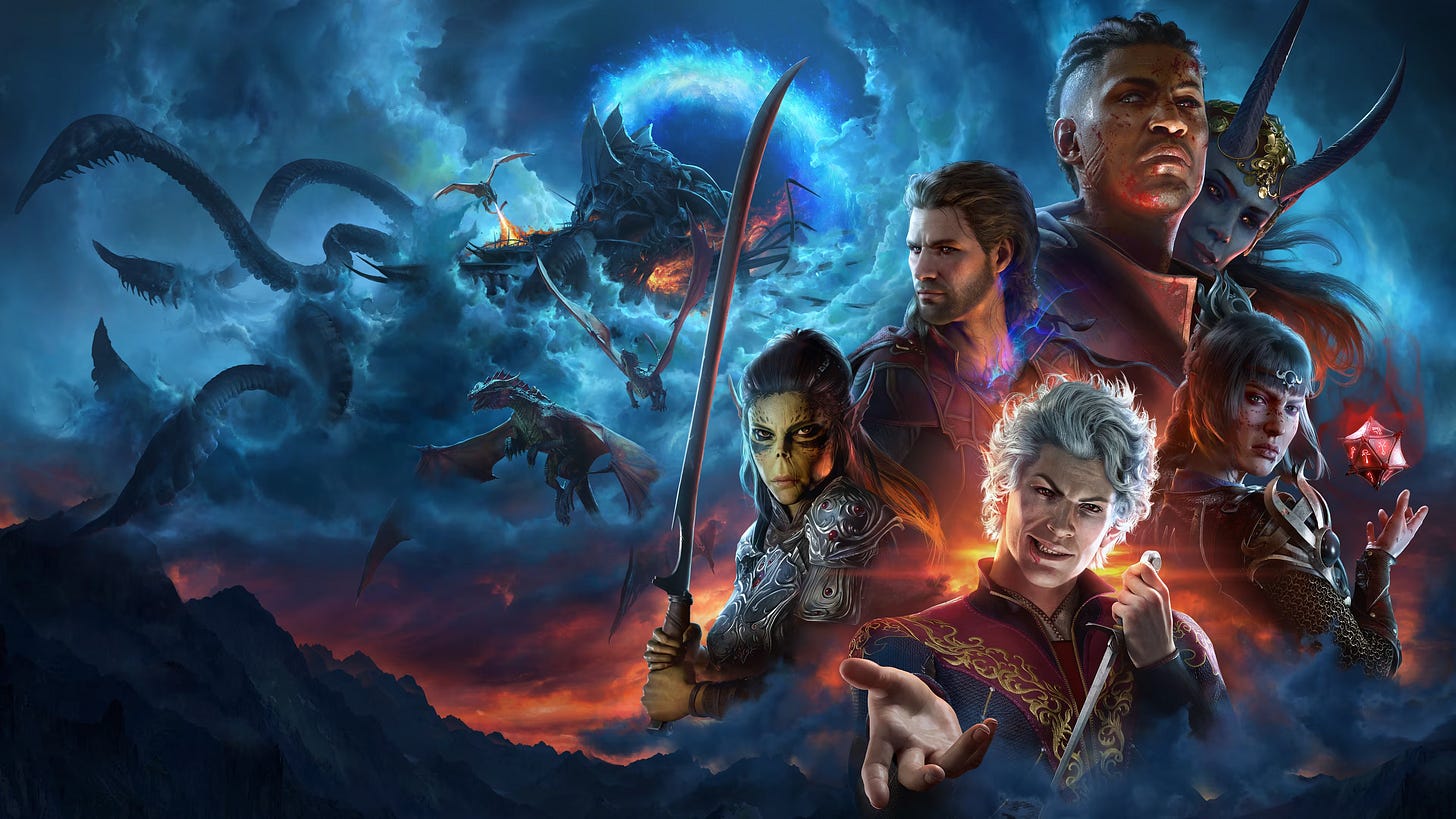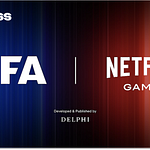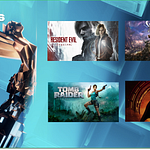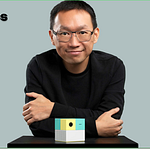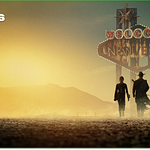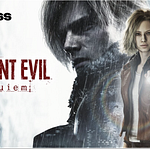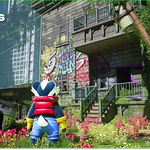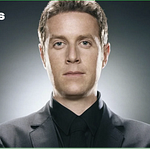Listen now on Apple, Spotify or YouTube
In This Edition
- Wizards of the Coast’s new creative team
- Giant Skull’s D&D game
- Looking to new talent for future D&D projects
At Summer Game Fest (all the way back in June, sorry for the delay), I had the chance to sit down with Wizards of the Coast president John Hight, alongside Giant Skull CEO and game director Stig Asmussen.
Asmussen, for those unfamiliar with his work, was the game director on both of Respawn’s Star Wars: Jedi games, and before that was creative director on God of War 3.
Hight and Asmussen go back a long way. In fact, it was Hight that appointed him as creative director on that classic PlayStation title.
“I knew Stig, but we hadn't interacted a lot. And through that process, I realised this is a unique animal. He knows how to make it look beautiful, he knows how to tell a great story and, more importantly, he knows how to bring a team around him with a shared vision. Everything takes effort, right? You’ve got to have a leader that can motivate teams even in the darkest hour, so they can see the possibilities of what can happen.”
When Asmussen left Respawn to form Giant Skull, he invited Hight to check out his studio’s first prototype. Hight was impressed, and immediately asked him if he would consider working on a Wizards of the Coast or Hasbro IP.
“Stig said: ‘like what?’. And I said, ‘I don’t know. We’ve got D&D, we’ve got Magic The Gathering, we have a thousand different brands within Hasbro… tell me what interests you?’ They looked at a lot of possibilities and landed on D&D. So, we set them up with the D&D [tabletop RPG] team, they riffed, and I think that resonated.”
Asmussen added: “The decision to go with D&D wasn’t very difficult, because it plays into the wheelhouse of the things we've done in the past, like God of War, and the Jedi Series. We wanted to sink our teeth into something that’s legendary, that’s mythical, that has a lot of space for us to spread our wings, jump into a world and capture the spirit of it.”
Here are some of the key takeaways we had during our chat with Hight and Asmussen, including Wizards of the Coast’s ambition to become a major publisher of premium video games. You can check out the edited highlights below, or listen/watch the full interview above.
Giant Skull was working on a new IP, before Wizards came calling
Giant Skull is filled with veterans of licensed games. Asmussen has come off two large Star Wars titles, while many of the team have worked on IP such as Batman. So it’s no surprise that the studio’s first project is a licensed D&D title.
However, the team didn’t start off with this goal in mind.
“We have been working on our own IP and building our own world, and it’s something we’re very excited about,” Asmussen told The Game Business.
“But this is about opportunities. A lot of us have grown up on Dungeons & Dragons. And for me, with a new company, this is something that we’re good at. We're good at working with partners. We're good at capturing the spirit of those worlds. It wasn't something that we could just walk away from. It was actually a pretty easy [decision].”
However, there is no strict canon to D&D, which means there is still room to tell a distinct story.
“Dungeons & Dragons is the definition of a playground,” Asmussen added. “When we had the meeting in Renton [Washington], my mind opened up to the possibilities of what we could do.”
He continued: “There’s still a lot of things that we have to abide by. There’s the spirit of Dungeons & Dragons. There are the worlds, player agency and choice, building a party, actions have consequences… those types of things.”
Wizards of the Coast is building a central team to support studios
All of the premium games that Wizards is working on will use Unreal Engine 5. And this means the company can build a central creative team designed to support all of the various projects that it’s releasing.
“We’re establishing a content creation team to help service [our studios],” Hight explained.
“We make fantasy games and sci-fi games. We’re going to have a team of artists and world builders that can help out, if Stig wants to use them, when they’re in full production.
“It balances things out better. If you’ve got really talented artists and they’re part of your team when you’re in early concept development, and then you’re waiting to engage… they can get bored. It can get very costly for a studio to do that. We want to balance that a little bit by having a content team that can help augment. That's a little bit different. I don't know that all publishers do that. But we're fortunate, because a lot of our games are in the same space, we can build a talented team that's really good at fantasy art.”
This matches Asmussen’s goal of keeping Giant Skull relatively small.
“We're about 35 people and we don't plan on growing much more for a long period of time,” he said. “I don't see us becoming a massive team. I don't want to get to the point where it's unwieldy or anything like that. With the tools that we have, the brain power that we have, the experience that we have, we can get a lot done with a small team.
“It doesn't mean that we're going to be a tiny team, but we're never going to get massive. That's not what Giant Skull is about.”
Hight added that Wizards of the Coast wants to become a “haven for talent”, and so it’s not looking to impose on the independent teams it works with. This is especially easy with D&D, which doesn’t have a specific canon.
However, Hight said the company will be proactive in getting the community involved as the games near completion.
“In the past, some of my mistakes on the publishing side is that you get everything done, you bring it all together, you run through QA, and then you feel like ‘okay, we’re good’. If you really want to pursue premium games, that is where the real work begins. You put your pencils down on creating new stuff, and you devote your energies towards really adding polish and exposing it to players to make sure they get it, they’re having fun with it, and then taking the time to fine-tune it.”
Wizards: “We will make bets on up-and-coming talent
Stig Asmussen and his Giant Skull team is a major signing for Wizards of the Coast, and its first game will be a big production.
But Hight told The Game Business that he’s not purely seeking out famous game veterans. In fact, the firm is planning to make bets on new talent creating smaller projects, too.
“You're going to start to associate the Wizards brand with premium publishing of video games”
“We are going to release premium games,” Hight said. “There are going to be, hopefully, some of the best games that you’ll see. You're going to start to associate the Wizards brand with premium publishing of games.
“You don't find folks like Stig every day. So, we’re going to have to make some bets on up-and-coming talent, and maybe do smaller games and give them a shot at building up teams and learning along the way. We’re going to do some experimental stuff.”
He added: “We have five internal studios. We’re going to bring on a few more projects, hopefully of this ilk, maybe not quite as big as what Stig aspires to do. And then a number of smaller things. I don’t want to put an exact number on it. We’re looking at a lot of stuff, and we’re trying to invest in the things that we believe in most. But we’ve got room for more.”
Wizards of the Coast president tries to be “unbiased” when meeting new teams
We asked John Hight what are immediate turn-offs for him when meeting potential development partners, and it was a question he struggled to answer.
“There are no real turn-offs per se,” he said. “I don’t come into a studio or a designer or a company with a bias. I try to be very unbiased, even in the genre of game. I’ve seen pretty interesting ideas… look at what Scopely did with Monopoly Go, I don't think anybody would've thought of that, and yet it was so appealing to such a broad audience.
“But I do want to make sure that they have a true interest in the player. If you’re going to work on an IP, you need to have sensitives around that. You need to know what people would expect or hope for. One of the things that I know [Giant Skull] can execute on is just incredible animation, incredible monsters and worlds. And they have to live up to one of the most difficult things out there, and that is the human imagine. That is what D&D players bring to their games. That's why they're so popular. They all have this vision in their heads of what does Owl Bear really look like? What am I going to see when I turn a corner and a gelatinous cube is rolling towards me? Their ability to execute and have the artistry to match, and in many cases exceed, our own imagination… there are very few teams that can do that.”
Giant Skull is ‘not making Baldur’s Gate 4’
2023’s Baldur’s Gate 3 is the biggest Dungeons & Dragons hit yet, and made developer Larian a household name.
Larian is now moving on from the franchise, so another studio will be tasked with taking on the Baldur’s Gate challenge.
One company that definitely isn’t doing it is Giant Skull. Hight says that the game that Asmussen is building is something that could appeal to a broader audience of potential D&D fans.
“Baldur’s Gate is an incredible game,” Hight told us. “And of course, we're going to do a successor. This is not the successor to that game. We go to Stig and his team to tell an incredible story and bring D&D to a very broad audience. Ideally, the game will appeal to D&D players because it will help them realise their imagination. But it’s also going to hopefully appeal to people that love playing action games, that love the Jedi games, that love God of War games.
“D&D, as Sig said, it's a playground and it really is for everyone. Hundreds of millions of people have either played D&D or been aware of D&D, and we want to perpetuate that for the next 50 years.”
That’s it for today’s edition of The Game Business Show and Newsletter. We’ll be back on Thursday with our Gamescom preview special, featuring renowned GameSpot journalist Lucy James and Felix Falk, the managing director of game (the german games industry association). See you then.



